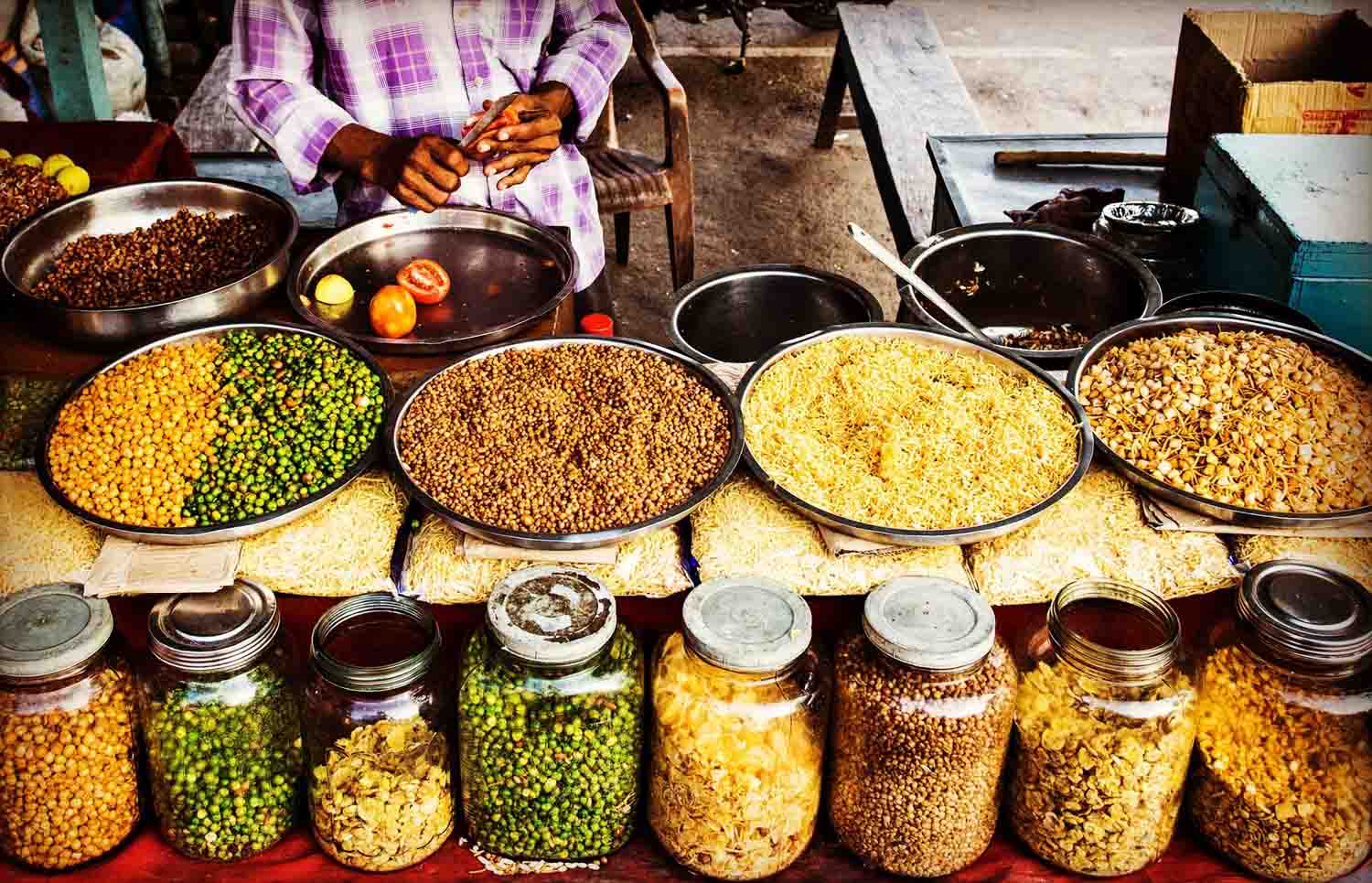
What beans can you eat on the low FODMAP diet?
If you follow the low FODMAP diet, you might know that most beans are off-limits. Beans are high in galactans and because of that many of them should be avoided in the elimination phase.
However, beans are a good protein source, they are high in fiber and they are also nutritious for the good bacteria in your gut. So eating some beans now and definitely is beneficial.
In this blog, I will show you how you can add a small serving of beans into your diet during the elimination phase of the diet.
Have you finished the reintroduction phase and do you know that you can tolerate galactans and, in some cases, fructans? Then you can enjoy some more beans in your meals.
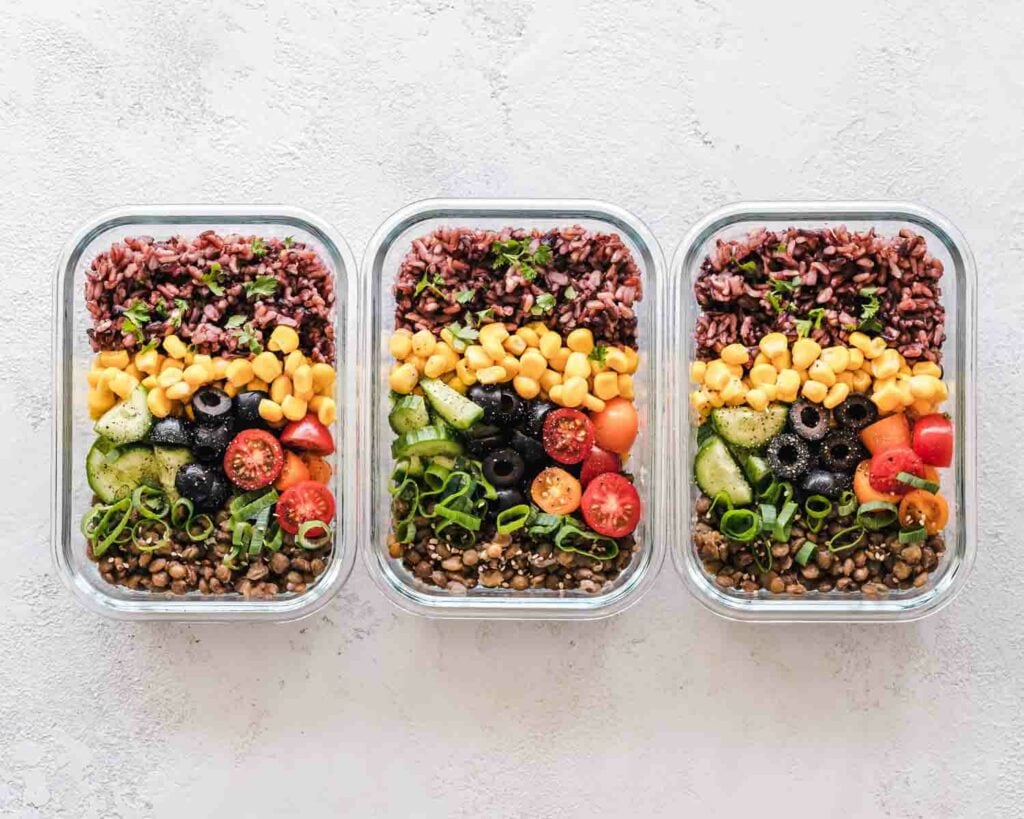
Beans that should be avoided
There are some kinds of beans that don’t have a low FODMAP serving size, so those should be avoided. I’ll also include peas and lentils into this list because they are all pulses:
- Baked beans
- Borlotti beans, canned
- Broad beans
- Fava beans
- Haricot beans, boiled
- Navy beans, boiled
- Red kidney beans, boiled
- Split peas, boiled
- Chickpea, sprouted
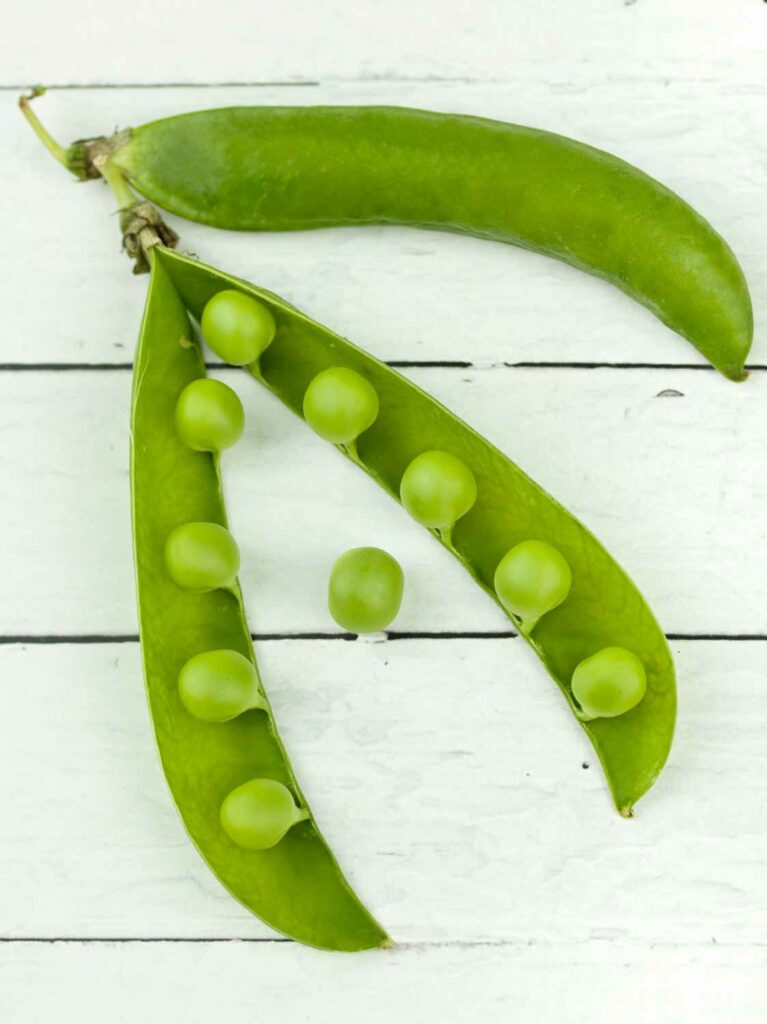
Beans that have a low FODMAP serving
The following kinds of beans have a low FODMAP serving. As you can see, in some cases canned pulses have a higher low FODMAP serving than the dried version.
This is because when beans and lentils are canned, some of the FODMAPs in the food leak into the water in the can. This lowers the amount of FODMAPs in the beans or lentils.
When eating canned pulses, it is important to drain and rinse them well before using them. You can find an overview of beans and other pulses here:
- Mung beans (green gram), cooked: 40 grams
- Adzuki beans, boiled: 35 grams
- Adzuki beans, canned: 38 grams
- Black beans, fermented: 15 grams
- Black beans, boiled: 40 grams
- Black beans, canned: 40 grams
- Black beans, refried, canned: 34 grams
- Moth beans, cooked: 25 grams
- Red kidney beans, sprouted: 25 grams
- Butter beans, canned: 35 grams
- Chickpeas (garbanzo beans), canned: 42 grams
- Dal, Toor / Turdal, pigeon pea, cooked: 35 grams
- Lentils, canned, drained: 46 grams
- Lentils green, boiled: 29 grams
- Lentils red, boiled: 23 grams
- Lima beans, boiled: 39 grams
- Mung beans, sprouted: 95 grams
- Pea, blue, cooked: 35 grams
- Black-eyed beans, boiled: 20 grams
- Pinto beans, dried, cooked: 23 grams
- Pinto beans, refried: 45 grams
- Pinto beans, whole, canned, and drained: 45 gram

How to eat beans on the low FODMAP diet?
You might say, sounds nice, but 20 to 40 grams of beans is nothing. How will I incorporate beans into my diet?
You can add a spoonful of beans to your salads or mix a little bit into a rice dish that you are cooking.
I also love making my own hummus with chickpeas and I enjoy that in a small serving. Or I roast some chickpeas in the oven with some spices to get a crunchy snack.
Check out some low FODMAP recipes with beans and other pulses below:
How are you going to incorporate some beans into your diet?
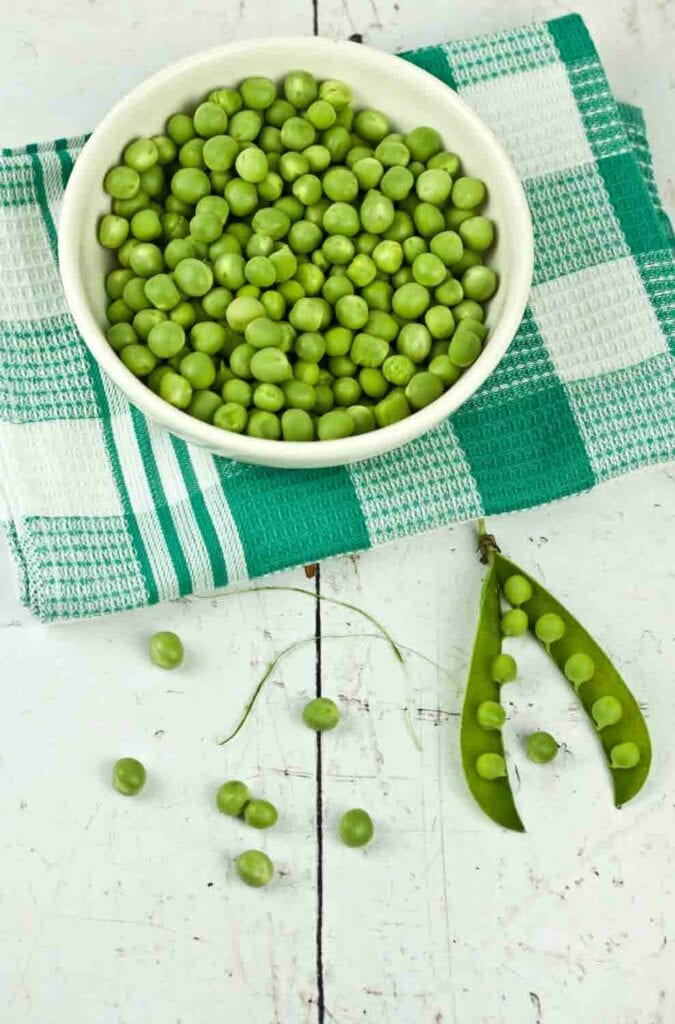
Other blogs about the FODMAPs in foods
Would you like to read more about whether certain foods are low FODMAP and in what quantities? Check out the articles below:
Fruits and vegetables
- Are tomatoes low FODMAP?
- Is coconut low FODMAP?
- Are bananas low FODMAP?
- Are mushrooms low FODMAP?
- Is broccoli low FODMAP?
- Is kale low FODMAP?
- Is spinach low FODMAP?
- Is corn low FODMAP?
- Is avocado low FODMAP?
- Is sweet potato low FODMAP?
Dairy and grains
- Is rice low FODMAP?
- Is quinoa low FODMAP?
- Are oats low FODMAP?
- Which milk is low FODMAP?
- What cheeses are low FODMAP?
- Is butter low FODMAP?

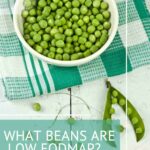
1 Comment
Thank you for keeping this short and simple! Great info and explanation! Looking forward to getting the low fodmap beans back in the rotation.